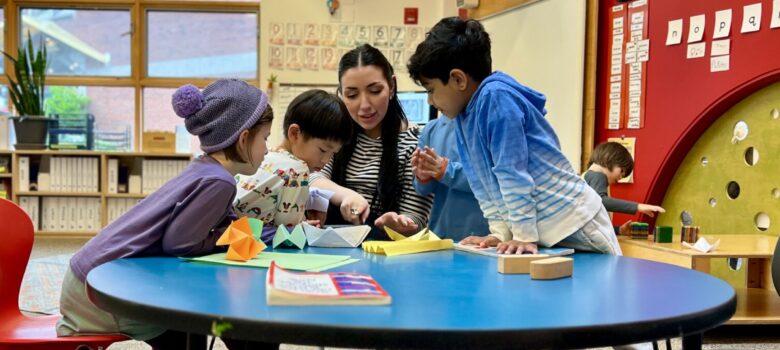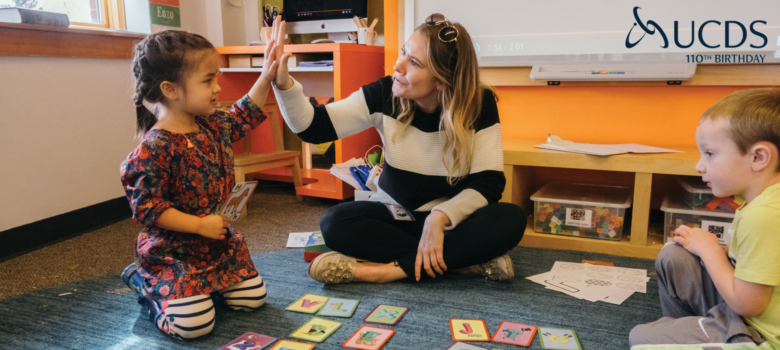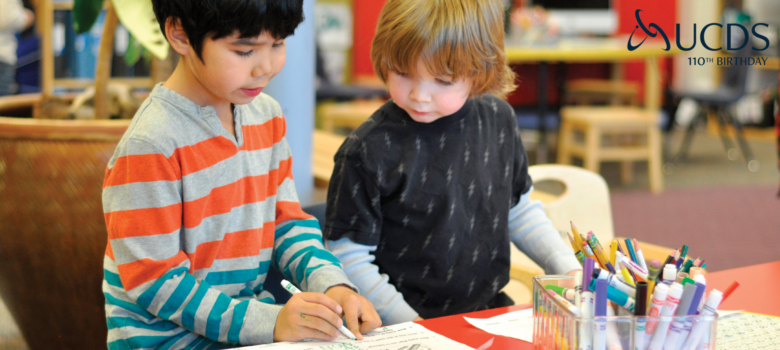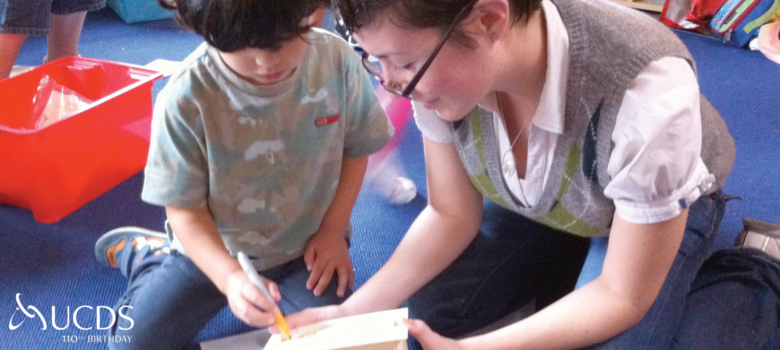2016-2017 at the Spark Blog continues with yet another Resident Teacher, Henry Emerson, sharing on his experience as an educator utilizing Visual Thinking Strategies. Here’s Henry- -Ed.
__________
For many kids, class discussions are an opportunity to test out ideas, respond to other perspectives, and sharpen their thinking. Highly verbal, abstract thinkers might embrace the the rapid pace of conversations and learn a lot of information in a short amount of time. However, for many students who process information visually, discussions can be hard to keep up with. I know that when I was a student I always felt like by the time I thought through an idea and felt like I had something to add to the conversation, we were already talking about something else.
I have been learning to open up the depth of these conversations to more students by incorporating images and using VTS (Visual Thinking Strategies). Developed by cognitive psychologist, Abigail Housen, and museum educator, Philip Yenawine VTS starts by a moderator asking a group “What is going on in this picture?” If students make an assumption or interpretation about the image, the moderator follows up by asking, “What do you see that makes you say that?” After the student supports their claim the facilitator starts the process again and asks the group, “What else can you find?” As a student makes an observation, the moderator points to the image allowing the whole class to follow along with the student’s thinking.
We had the opportunity to implement VTS at the beginning of a research project on different cities across the world. Students looked at 20 slides that contained two or three images of a city and some of its features. The first thing that stood out to me after our discussion was how engaged the students were. The entire class sustained attention for over forty five minutes and were disappointed when we ran out of slides. Without an image to ground them, I don’t think every student would have been able to maintain this level of focus.
We generated lots of creative ideas about the cities and each student was forced to sharpen their thinking. Many students wanted to point to what they were talking about, but this discussion forced them to describe what they observed. Other students made assumptions about the picture based on prior knowledge about certain cities. This activity forced them to step back and think about the evidence they used to support a claim.
Using images has been helpful in other settings, like during a literature discussion with 6 students on the book Upside Down in the Middle of Nowhere by Julie Lamana. We made connections to the characters in the story by looking at images of Hurricane Katrina and its aftermath. One student who has challenges reading and rarely offers ideas during discussions began to bubble with questions and ideas. She used the images to connect to characters in the story, wondering how it might feel to be a kid trying to find family members among all the displaced people at the Superdome. While I think this student was always thinking critically about the this book, these images gave her an entry point into the conversation. Using images opens up seats at the table for many students, inviting them to demonstrate their strongest thinking, thus deepening the conversation for everyone.
Sources:




